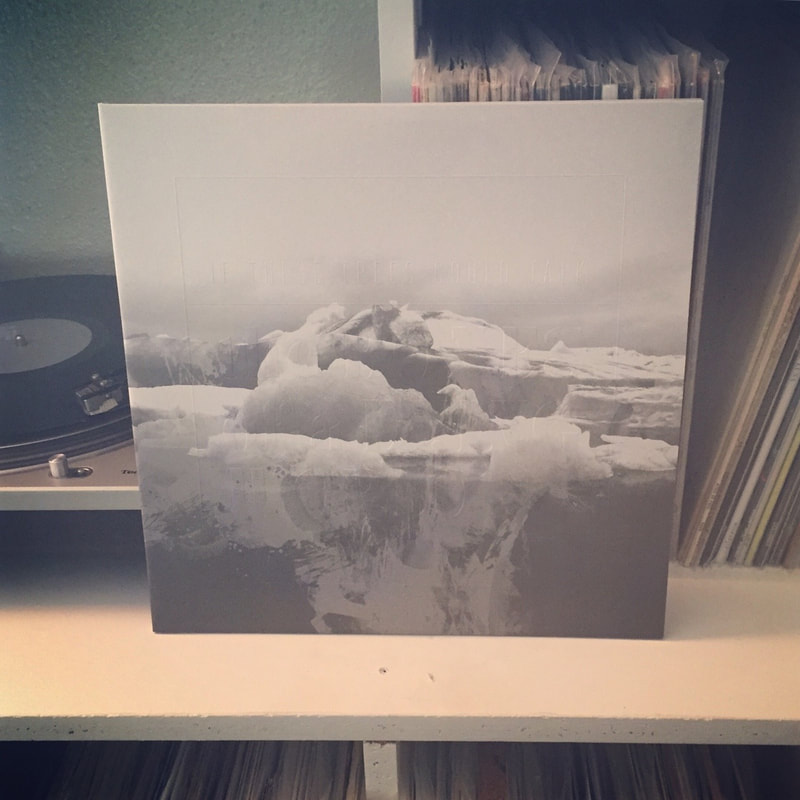Every year, no matter how closely I follow the music blogs, there’s always some record I miss until the following year, which inevitably becomes my favorite. In 2010, it was Beach House’s Teen Dream. In 2014 it was La Dispute’s The Rooms of the House. In 2015, it was a tie between Revisionist by Sannhet and Caspian’s Dust and Disquiet.
And last year, it was this.
And last year, it was this.
I never even heard of If These Trees Could Talk until this album showed up in my recommendations on Amazon Prime. And while their algorithm sometimes misses more than it hits, this one was an atomic bomb. Since my first listen, I’ve been desperate to add it to my collection.
The Bones of a Dying World is the exact sort of post metal I yearn for. It’s punishingly heavy, but without ever sacrificing melody. The guitars are soaked in proglike delay and countered with a punishingly heavy rhythm section. It’s an evocative juxtaposition, and creates some incredibly moving moments.
The album opens with “Solstice,” which almost sounds like a metal rewrite of “Sirius” by Alan Parsons Project (note: this is a great thing). The group then creates an album that serves up all the best archetypes of post metal without ever sounding formulaic. There’s plenty of soft-loud dynamic changes, as comes with the territory, but ITTCT adopts the format more thoughtfully than many of their contemporaries, shifting dynamics with purpose rather than out of necessity.
And while most post metal/post rock guitarists rely heavy on the reverb to create atmosphere, these riffs are decidedly more rhythmic. Palm muted delay lines (think more Phoenix than Explosions in the Sky) run through the bulk of the tracks (”Solstice” and “The Giving Tree” most effectively). As a result, there is a groove here that is rare in post metal.
The Bones of a Dying World is the exact sort of post metal I yearn for. It’s punishingly heavy, but without ever sacrificing melody. The guitars are soaked in proglike delay and countered with a punishingly heavy rhythm section. It’s an evocative juxtaposition, and creates some incredibly moving moments.
The album opens with “Solstice,” which almost sounds like a metal rewrite of “Sirius” by Alan Parsons Project (note: this is a great thing). The group then creates an album that serves up all the best archetypes of post metal without ever sounding formulaic. There’s plenty of soft-loud dynamic changes, as comes with the territory, but ITTCT adopts the format more thoughtfully than many of their contemporaries, shifting dynamics with purpose rather than out of necessity.
And while most post metal/post rock guitarists rely heavy on the reverb to create atmosphere, these riffs are decidedly more rhythmic. Palm muted delay lines (think more Phoenix than Explosions in the Sky) run through the bulk of the tracks (”Solstice” and “The Giving Tree” most effectively). As a result, there is a groove here that is rare in post metal.
